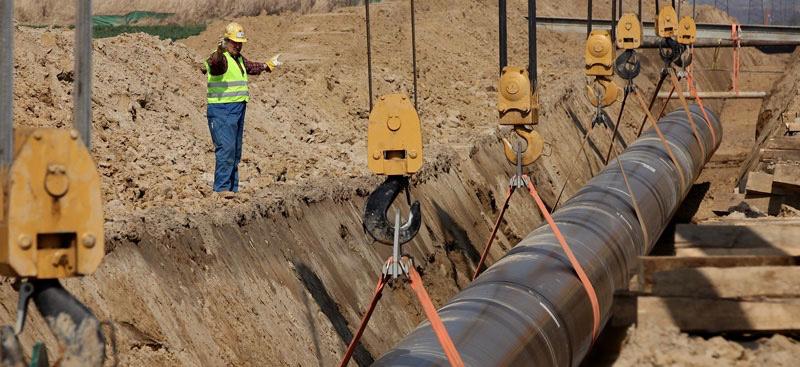
Both countries intend for the pipeline to be able to transport 5 million tonnes of crude annually.
The pipeline which was built in 1968 is now unable to meet the demands of Tanzania and Zambia, having the capacity to transport just 800,000 tonnes of crude, hence the need for the upgrade.
As reported by the Tanzanian newspaper, The Citizen, Davison Thawethe, the managing director of Tanzania Pipeline Limited noted that the cost of the renovation would be determined by the study.
“We have commissioned a company Norplan to do the feasibility study of the 1710 km pipeline. The company will start its task any day from now to determine among others how much the pipeline will cost,” he said.
The onshore product pipeline, with a maximum diameter of 12 inches, will begin in Dar es Salaam, Tanzania, and conclude in Northwestern Province, Zambia, according to GlobalData, which monitors more than 8,000 active and developing pipelines globally, Offshore Technology updated back in February.
This project is particularly important for Zambia given the fact that it does not produce crude oil, but depends on imports through the port of Dar es Salaam in Tanzania’s adjacent region from the Middle East and Europe. Given that most petroleum is carried by road, distributing it to every part of the nation is a time-consuming and costly undertaking.
For many years, raw crude oil feedstock for processing has been transported by the 1,710 km (1,062 mi) TAZAMA pipeline from Tanzania’s Port of Dar es Salaam to Zambia’s Indeni Petroleum Refinery in the town of Ndola.
The new facility will have more modern specs than the TAZAMA pipeline, according to Zambian authorities.










